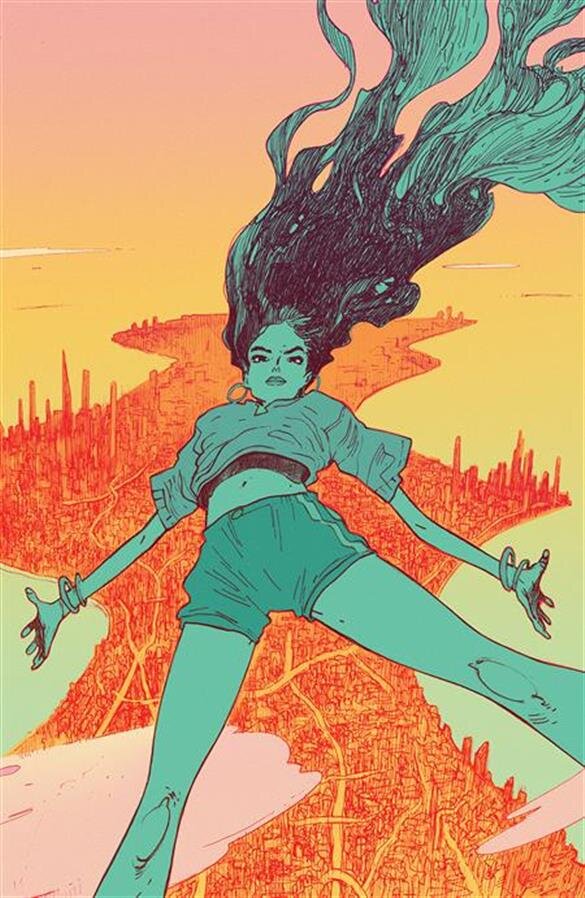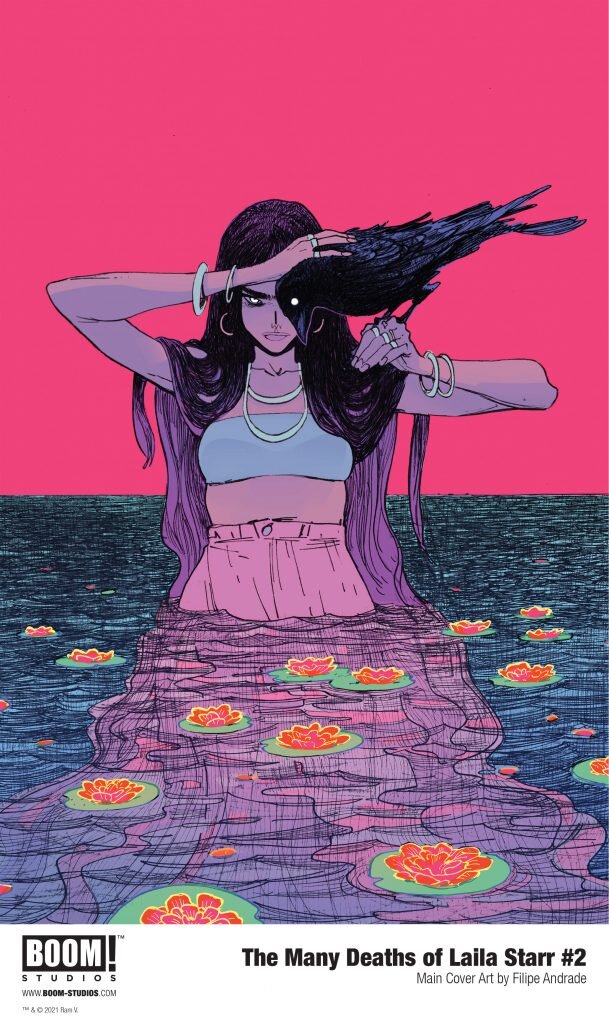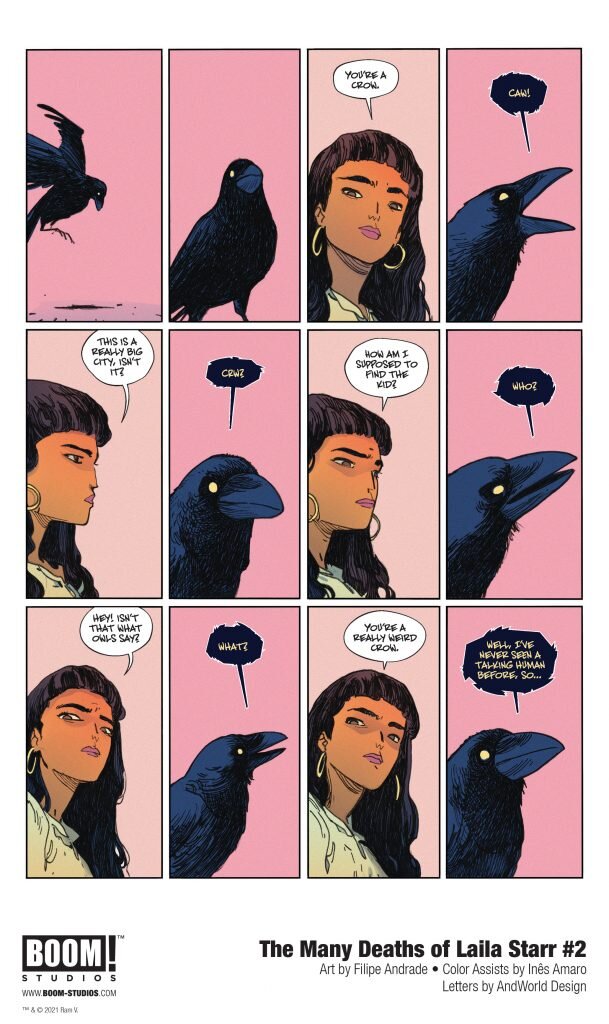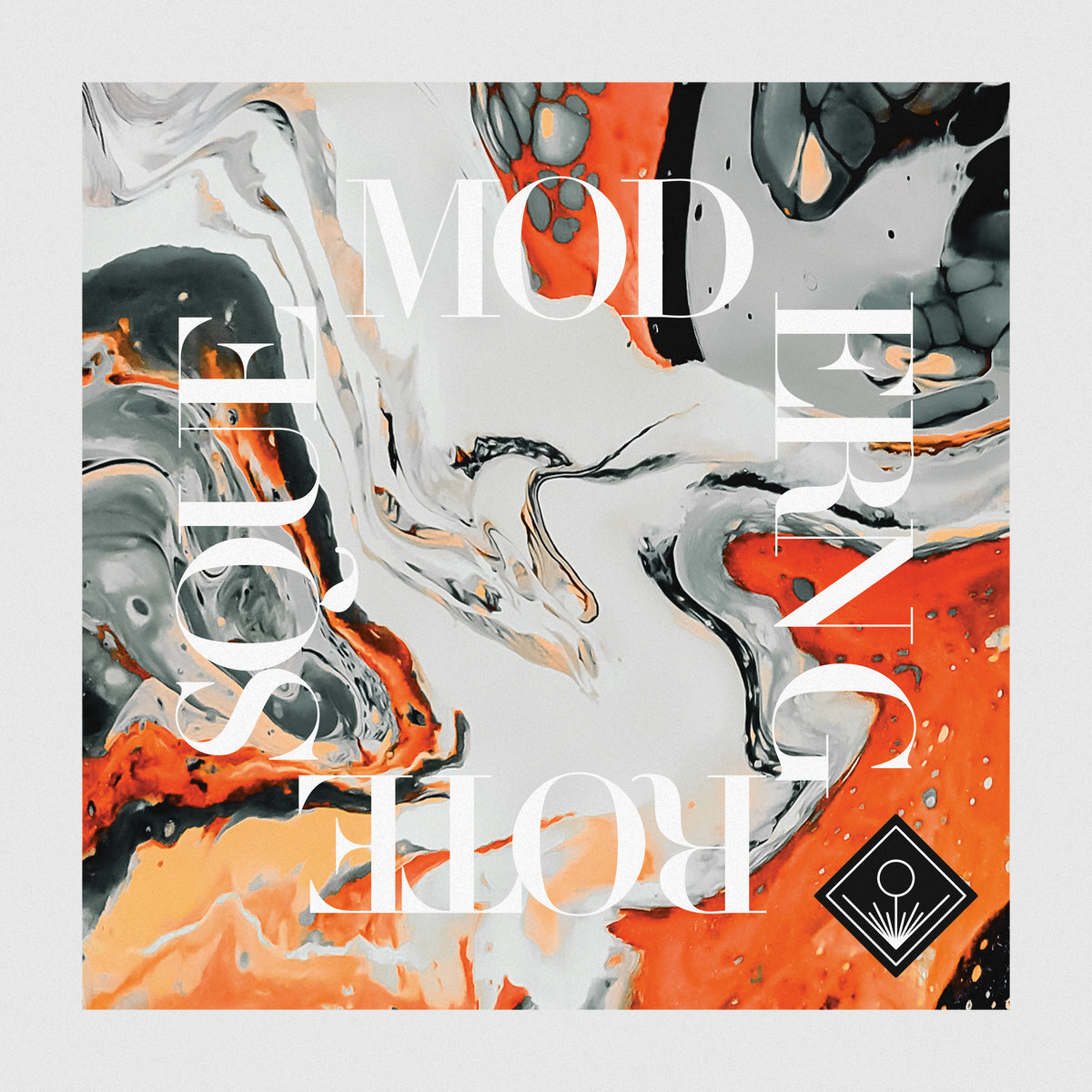A *New* Program for Graphic Design is a book in three parts, based on author David Reinfurt’s eight years of teaching at Princeton University. “One semester-long course was compressed and presented [over three days] as six 45-minute lectures.” Those lectures were recorded, and in turn, became this book. A *New* Program for Graphic Design does not prescribe a way to do graphic design; rather, it gives the reader an abbreviated history, and allows them to take from this history tools and ideas they can put into use in their own design practice.
I am a self-taught designer. I do not have any formal training, aside from one semester of game development in community college, and as a result, my approach to design in the past was a sort of art-first approach. An idea comes to mind and I try to execute on that idea as well as my skills allow. This was true in both graphic design - creating album art, show posters, and band logos - as well as in my game design. This first began to change when I read The Design of Everyday Things by Don Norman. That book had a lot of lessons for me, but the biggest was that design is as much about research as it is about making.
In A *New* Program for Graphic Design, David Reinfurt begins with typography. From Albrecht Dürer’s 16th century moveable-type, to the printing presses of Benjamin Franklin, to Beatrice Ward’s work at Monotype, we’re given a both chronological and winding history of type. The advent of reproducible prints sits side-by-side with the psychology of writing. Franklin’s work at New England’s newspapers is paired with a discussion of the power of the written word (and an anecdote about Franklin’s use of humor writing to drive a competitor into so much debt he flees the country). Eventually we get closer to the present, with the work of Bruno Munari, Muriel Cooper, the end of the printing press and the advent of desktop publishing as we now know it.
It’s in the section about Muriel Cooper that the book really takes off for me. Reading about Cooper’s approach to design, creating a hands-on, process-oriented laboratory of production techniques, was a reminder of those things I had begun to internalize from The Design of Everyday Things. Rather than thinking of design as strictly making a piece of artwork, it leads me to think again of it as a journey and process. Design becomes a loop of learning and doing and learning from doing - find a question, explore the question’s bounds, see how other people have answered the question in the past, find new potential answers for the question.
The next section of the book, “G-E-S-T-A-L-T,” continues the informal style of the first section, this time giving a history of the meeting of design and psychology. Beginning with an excerpt from Max Wertheimer’s “Investigations in Gestalt Principles,” we dive into why people perceive things the way we do. Why does flashing slightly different images one after the other convince our brain that these still images are moving? Why does our brain look at two lines of the same length and convince itself that one is longer than the other? Gestalt, in this context, tells us that it’s not the parts but the whole of the experience is what the designer should orient themselves to. The book provides examples of Gestalt in design from Max Bill, Rudolf Arnheim, Dondis A. Dondis, George Corrin, and the recurring designers Bruno Munari and Susan Kare.
The final section, “I-N-T-E-R-F-A-C-E,” deals with human interaction design. This section has several of my favorite stories in the book. One of them, the story of the Olivetti typewriter. The creator of this typewriter, Camillo Olivetti, is described as feeling a strong responsibility to the area in which a business operates, and wanted to make a machine that felt more human to use. The book describes his factory as being built expressly to make the workers more comfortable, with large windows facing the Alps. His son, Adriano, was convinced that machines and humans were at odds, and only through design could their relationship be reconciled. The photographs of the machines, with their shells designed by artists, are beautiful, and the ethos professes the need for designers to be thinking of the societal impact of the work they do. Design, the book argues, should not just be oriented towards commercial success, but towards societal good.
Tetracono animated 480p from Dexter Sinister on Vimeo.
Two stories in the final section really reinforce how important research is as the first step of the design process. In the story of the Tetracono, the author talks about his process hunting down, photographing and researching the object, detailing its history and how it fit in with the work Munari was doing with Danese Milano, a company that was concerned with selling art objects as much as they were with home goods.
In another story, the author details his work on the user interface for the Metrocard vending machine that would replace tokens in the New York Subway. Reinfurt shows how you start with a design question (how do we make buying Metrocard credits as fast and intuitive as buying tokens) and through research, testing, redesigning, and retesting, you can end up with something that has endured for 20 years.
To me, research is easily the most important concept the book touches on over and over, the thing that ties all design practice together. For any designer who is, like me, without any formal design training, A *New* Program for Graphic Design functions as a fantastic survey of design’s history, and what goes into great design. The next time I’m working on a project I know I’ll be thinking about this book and its lessons before I rush pen to paper.
A *New* Program for Graphic Design is written by David Reinfurt and published by Inventory Press and Distributed Art Publishers. You can buy it directly from the publisher, or whichever local independent bookstore near you sells books about design.













